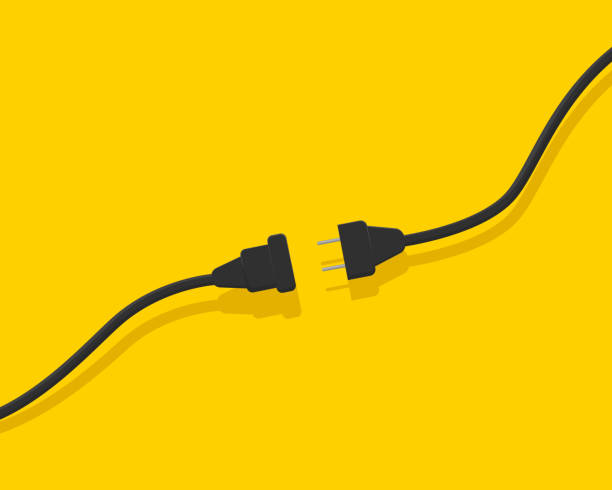Have you ever wondered why electrical plugs feature those mysterious holes in their prongs? It’s a question that may seem trivial at first glance, but delve a little deeper, and you’ll discover a world of engineering ingenuity and safety considerations. In this article, we embark on an enlightening journey to uncover the fascinating reasons behind the holes in electrical plugs. From their humble origins to the complex functions they serve in our modern world, we’ll explore the evolution and purpose of these tiny apertures that power our devices and keep us safe. Get ready to unveil the hidden design secrets that have shaped our electrical connections for over a century.”
Table of contents
Why do Electrical Plugs Have Holes
Electrical plugs, with holes and prongs, are ubiquitous in modern life. Yet, many people may not think about the design elements that make these plugs essential for powering our devices and appliances. The holes in electrical plugs serve several crucial purposes, and understanding these functions can help demystify their design.
- Safety First: One of the primary reasons electrical plugs have holes is to enhance security. The holes accommodate safety features such as grounding pins and polarized prongs. A grounding pin is the third prong found on many plugs and is responsible for redirecting potentially dangerous electrical currents into the ground, reducing the risk of electrical shock. The polarization, or size difference between the prongs, ensures that plugs can only be inserted in one orientation, preventing improper connections and reducing the risk of accidents.
- Compatibility and Standardization: The holes in electrical plugs also play a crucial role in standardization and compatibility. Different devices and appliances require varying levels of electrical power provided through other plugs. The holes in plugs are strategically positioned to align with corresponding receptacles, ensuring that the correct voltage and current are supplied to the device. Standardization in plug design is essential to prevent damage to appliances and maintain electrical safety.
- Versatility: The holes in plugs are designed for safety, standardization, and versatility. The presence of holes allows plugs to be compatible with various outlets and configurations. This versatility is essential in a world with many devices and electrical systems. For example, some plugs have folding prongs or adjustable pins to adapt to different outlet types.
- Grounding and Shielding: In some plugs, the holes are used for grounding and shielding purposes. By connecting to a ground wire within the plug, these holes can help protect devices from electrical interference and voltage surges. This is particularly important in sensitive electronic equipment where maintaining a clean, stable power supply is critical.
- Child Safety: Childproof plugs, often with holes for enhanced safety, are designed to make it difficult for young children to insert objects into electrical outlets. The holes in these plugs allow for the insertion of safety covers or locking mechanisms, preventing accidents and injuries.
Frequently Asked Questions
Electrical plugs have holes to accommodate grounding pins, enhance safety, and ensure correct polarization for proper connections.
Grounded plugs with three prongs use the third hole for grounding, redirecting excess electrical current safely into the ground to prevent electrical shocks.
Polarized plugs have different-sized prongs to ensure devices are connected in the correct orientation, reducing the risk of accidents and electrical damage.
Electrical plugs vary globally due to regional standards, but most differences involve plug shape, prong configuration, and voltage compatibility.
Child safety plugs with holes for safety covers or locking mechanisms can be used to prevent young children from inserting objects into electrical outlets.
Conclusion
The holes in electrical plugs are not just design quirks; they are critical components that ensure safety, standardization, and compatibility in our daily use of electrical devices. These unassuming holes play a pivotal role in the modern world, safeguarding us from electrical hazards and delivering the power we rely on.
References
- facts.net: why do electrical plugs have holes?
- home.howstuffworks.com: why do electrical plugs have holes?






